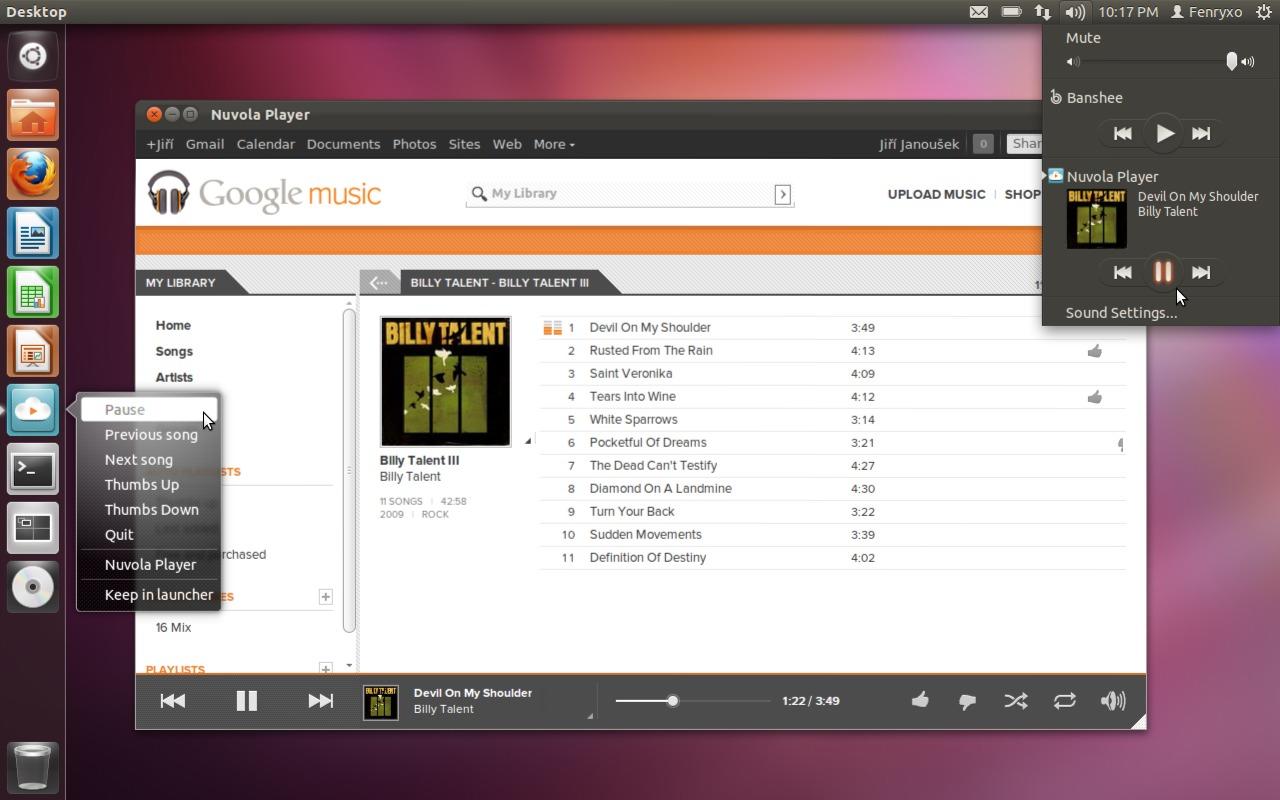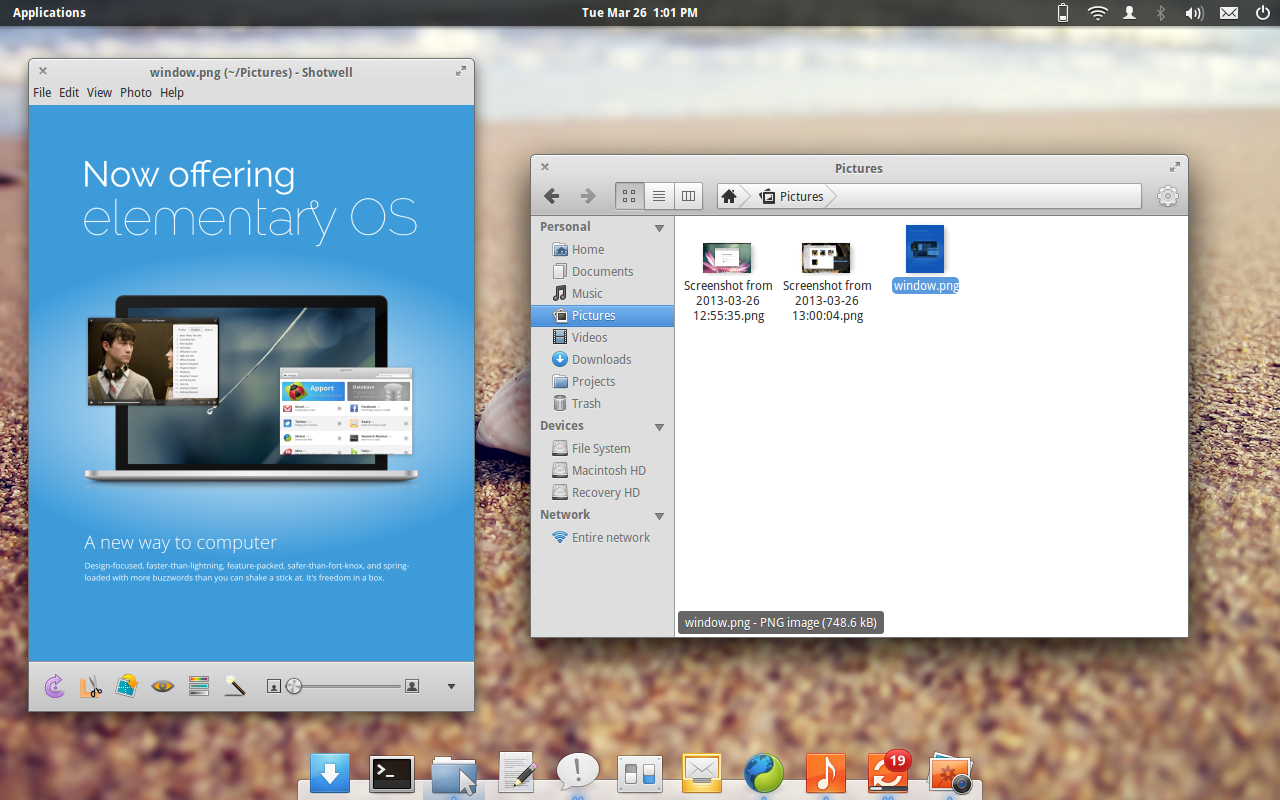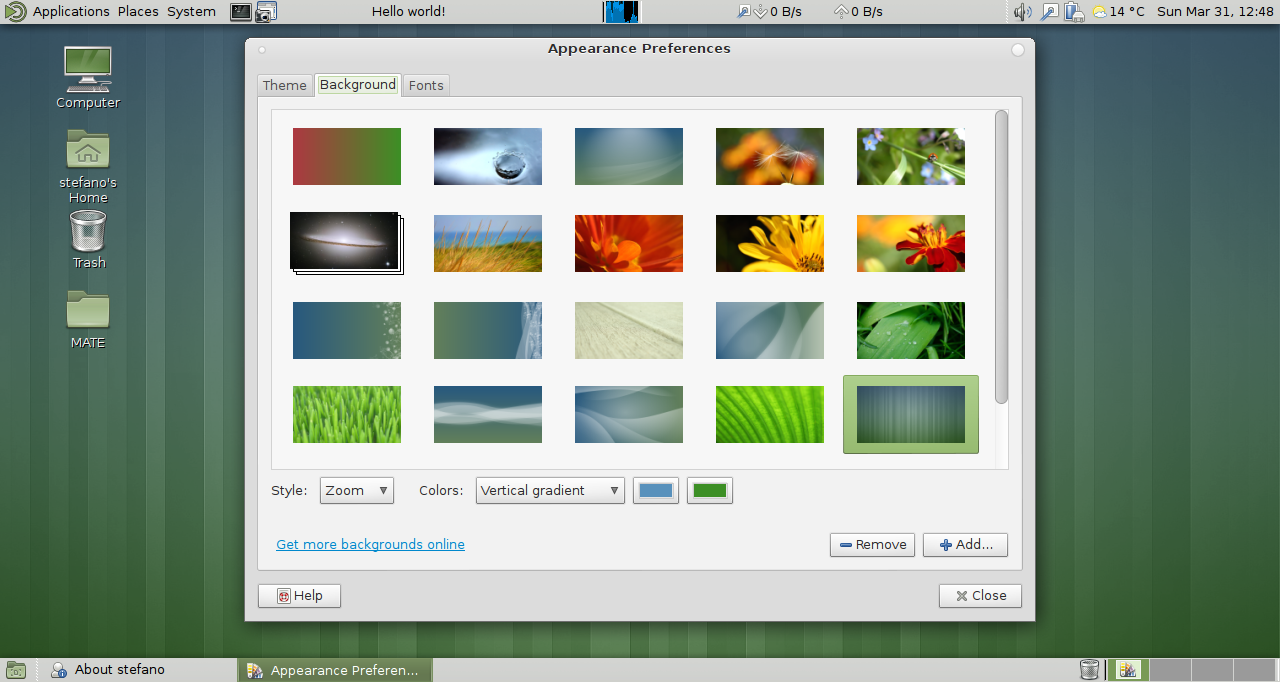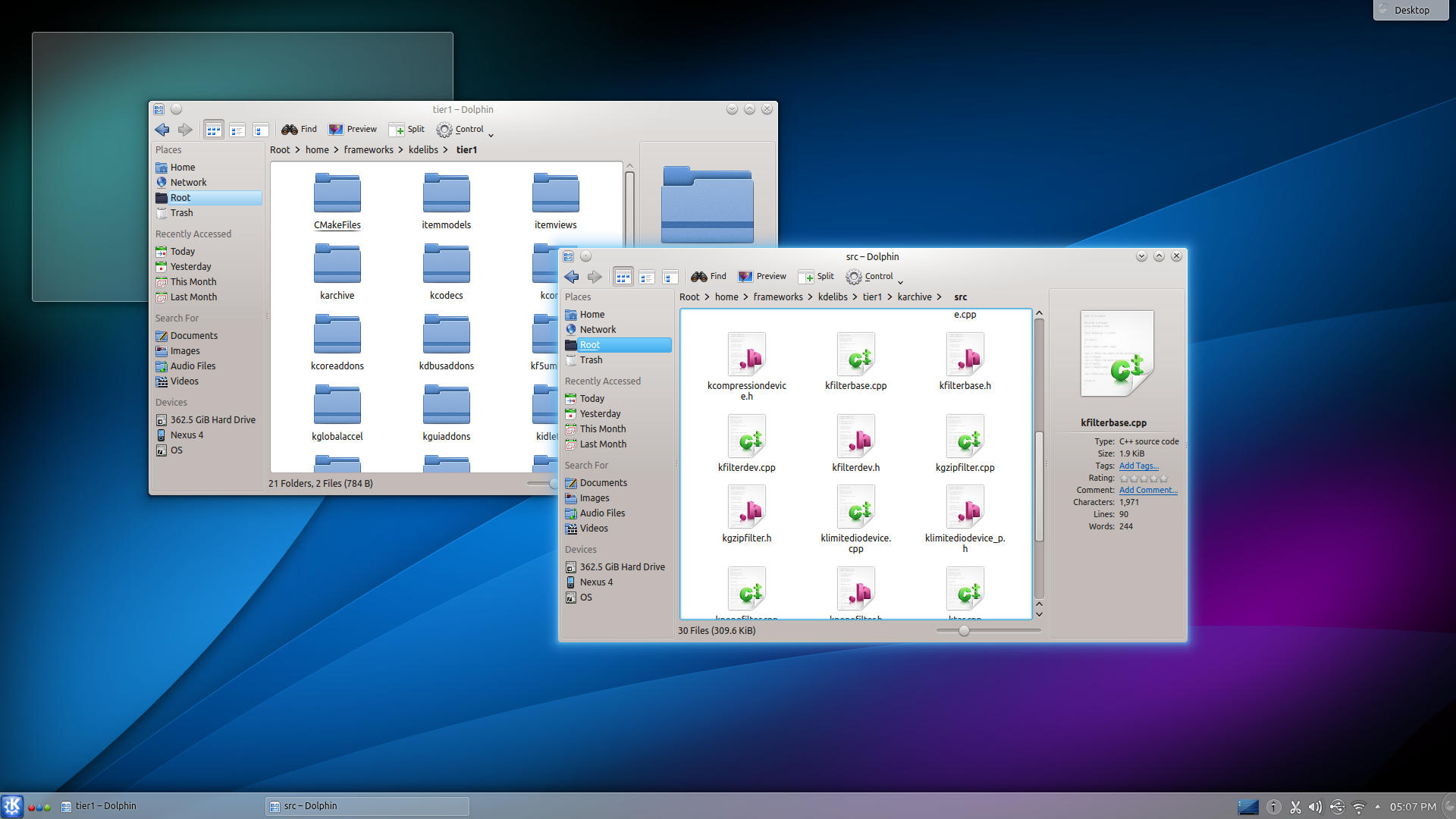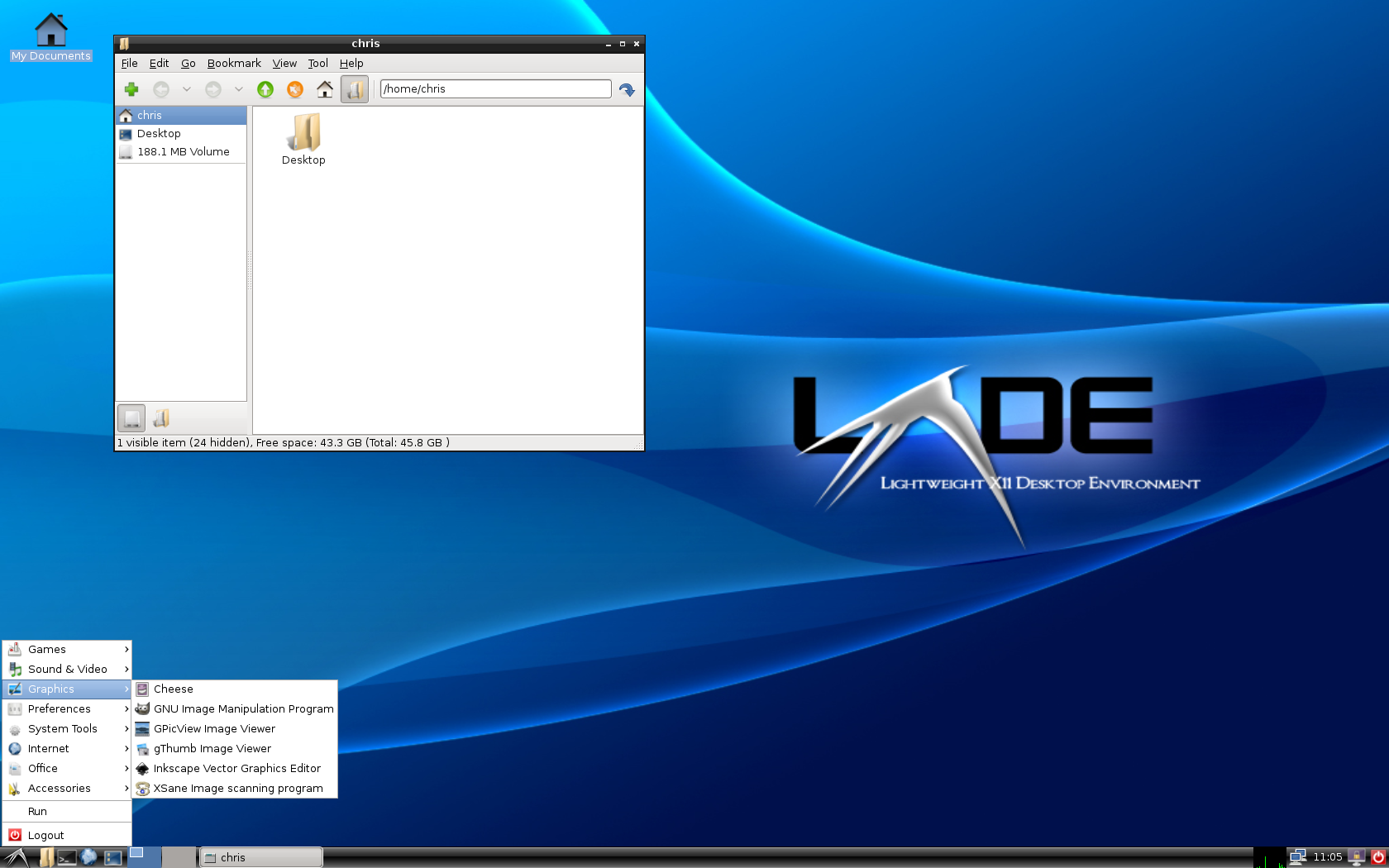hello friends! new(ish)!
Choosing a Distro
Page status: outline
To-do: Flesh out descriptions and shit, add photos of DEs
Before researching and choosing the right distrobution for you, you must have in mind what you want to use it for. Facebook machine? Programming? Gaming? A secondary consideration is hardware. Linux generally tends to play well with underpowered or aging computers, but you may want to try lighter distros.
There are three things you want to compare when distro shopping.
1. Distro quirks
3. Application library
Distro families
For more information, visit each distro's homepage, Wikipedia, and DistroWatch.
Debian
A community-developed distro focused on stability. Has the biggest user base if you include distros based on it. Comes in various releases with different tradeoffs of stability/up-to-datedness. More or less the most important distro.
Ubuntu
Takes Debian Testing, makes sure its packages are usable, adds drivers, adds handholding, and adds spyware. Not to fear, it's easily removable ([fixubuntu.com]). Comes with Unity by default. Repo is supplemented with user-maintained PPAs, so if it's available for Linux you can probably find it here. The most popular desktop distro with the most guides and solutions on various forums.
Developed by Canonical, the evil empire of the free software world.
Mint
Takes Ubuntu, removes spyware, adds proprietary shit like Flash right in the iso. Developed the MATE and Cinnamon desktop environments. Uses Ubuntu repos.
elementaryOS
Takes Ubuntu and makes it look like OS X by developing the Pantheon desktop environment and in-house programs. Uses Ubuntu repos.
Crunchbang
Takes Debian Stable and rices it for you. Openbox, Tint2, the works. Comes with drivers. Uses stable and backport Debian repos.
Fedora
Developed by Red Hat, probably the biggest corporate backer of GNU/Linux, as a testing bed for its commercial RHEL distro. Bleeding edge; usually the first widely-used distro to start shipping with new developments such as Wayland. However, the distro is released on a versioned/milestone-based model, which means you generally have to wait until the next distro upgrade in order to gain access to major updates such as new versions of your desktop environment. In general, upgrading the distro is not a stable process; formatting the partition and installing the new version over the old one is the preferred method because it prevents conflicts.
For those who want rolling release, constant updates and bleeding edge software, Arch Linux might be a better choice.
OpenSUSE
Developed by Novell as a testing bed for its commercial SUSE distro. Best implementation of KDE, and great GNOME integration. Has a well-regarded integrated configuration tool called YaST.
Arch Linux
A community-developed distro focused on simplicity and vanilla-ness of its underlying parts. No hand-holding or preconfigured defaults; setting up the system is left to the user. Great for learning how a GNU/Linux system comes together. Repositories hold bleeding edge packages.
It is a rolling release distro, which means that all packages are updated continuously with no need to reinstall anything. Occasionally, things might change in a way that makes updated packages incompatible with the installed system. Whenever possible, the installation scripts will automatically reconfigure everything, but it will not undo anything you have done: they won't overwrite configuration files that you have modified, for one. In these cases, it will be necessary to manually reconfigure the system and bring it to a consistent state.
This sole characteristic made Arch Linux a distro infamous for being unstable. In reality, all packages are the latest stable versions as released from the developers themselves. No unstable packages are ever used unless you explicitly enable the [testing] repositories. When you actually do have to do some system administration work, most of the time they are simple cases of merging configuration files. Whenever something more complicated is required, a notice is usually posted on the news section of the Arch Linux website to warn people about the changes, complete with instructions about how to fix things and bring the system to a stable state again. This usually happens when things get deprecated or replaced; not that often.
Manjaro
Takes Arch, preconfigures everything, and gives it an easy graphical installer. Also maintains its own repository of more stable packages in addition to the Arch repositories.
Gentoo
Install it. A hand holding-less distro, has to compiled by the installer pre-use.
Slackware
Other
Mageia
PCLinuxOS
Puppy
How new r u
babby's first loonix
Ubuntu has been the go-to distro for new GNU/Linux users for several years. Unfortunately, the developers have recently made some choices that do not reflect the best interests of users or the wider GNU/Linux ecosystem. Ubuntu ships with spyware that sends your desktop searches to Amazon for the purpose of displaying ads in your search results. It is highly recommended to follow the steps at [fixubuntu.com] immediately upon installation. Despite this, it is still a solid distro for newcomers and continues to be extremely popular with desktop users, with a great support community.
Mint
Elementary
DEs:Any
Reasonably experienced
Crunchbang
Now you can do WMs
Neckbeard tier
Desktop Environments
Gnome 3
Cinnamon - Mint
Unity - Ubuntu
http://www.ubuntu.com/tour/en/
Pantheon - Elementary
MATE (Gnome 2) - Mint
XFCE
LXDE
Enlightenment
Window Managers
Explanation of stacking/tiling shit
Stacking
Openbox
the rest/who cares
Tiling
AwesomeWM
dwm
xmonad
the rest/who cares


